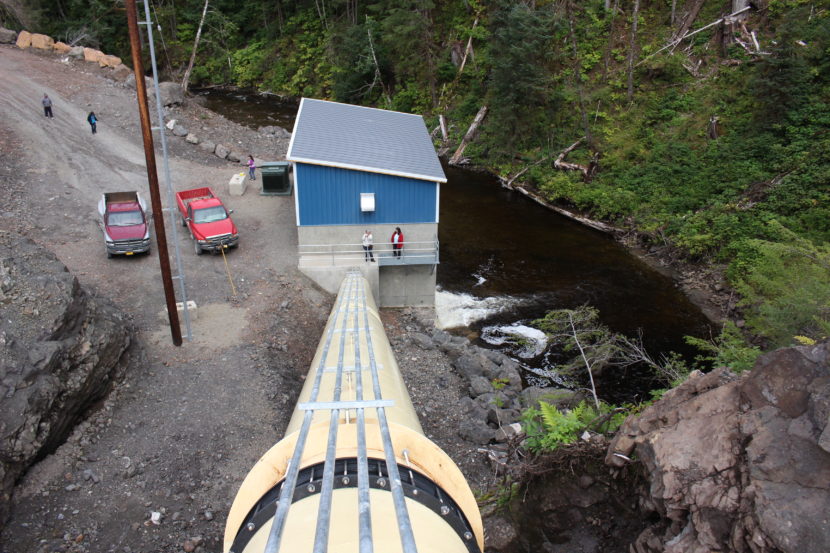
The Senate passed the $1.2 trillion infrastructure bill last month. The House of Representatives hasn’t voted on it, yet — that’s set for the end of September — and then President Biden would need to sign it into law.
Still, Senator Lisa Murkowski’s chief of staff, Kaleb Froehlich, calls the bill historic.
“Senator Murkoski thinks it’s probably the single most consequential bill she’s worked on in her 20 years in the Senate,” he said.
Froehlich and others spoke at an online town hall meeting in late August, hosted by the Southeast Alaska Conservation Council and the Juneau Economic Development Council. They discussed Southeast Alaska infrastructure projects — like energy projects and ferry funding — that could become possible with the help of new funding.
A major one is stabilizing the Alaska Marine Highway system. Kevin Swanson, from Representative Don Young’s office, says the infrastructure bill could help pay for operating costs and maintenance. That’s something new.
“Traditionally speaking, federal funds only go to capital investments,” Swanson said. “So those are things for building docks, building new ferries, repairing ferries, but didn’t go to the operations of the system.”
McHugh Pierre, CEO of Goldbelt, Juneau’s urban Native corporation, says improving the ferry system is important, especially for tribal communities.
“Right now, we’re at a low point in our history,” he said. “The ferry service is dismal. There’s only two boats that are running. People have to rely on airplanes, it’s very expensive. If someone needs to go to a doctor’s appointment from Kake to Sitka, and they can’t get on a plane, they’re stuck.”
Other panelists emphasized building hydroelectric power infrastructure, especially in rural parts of the state. Jodi Mitchell, CEO of the Inside Passage Electrical Cooperative, says they’ve improved hydropower in communities like Angoon, Hoonah and Kake. The infrastructure bill could help keep customer costs down.
Duff Mitchell, managing director at Juneau Hydropower, says it’s a valuable resource.
“In Southeast Alaska, we’re blessed with hydropower,” he said. “One of the few places in the world that can pull it off. Not only is this good for the environment, but it keeps our local energy dollars here local and it creates jobs.”
The bill also includes $1.5 billion for high speed internet in Alaska and an additional $250 million for tribal internet connectivity.
The House of Representatives has pledged to vote on the bill by Sept. 27.
This story has been updated to correct the spelling of Kaleb Froehlich’s name.
